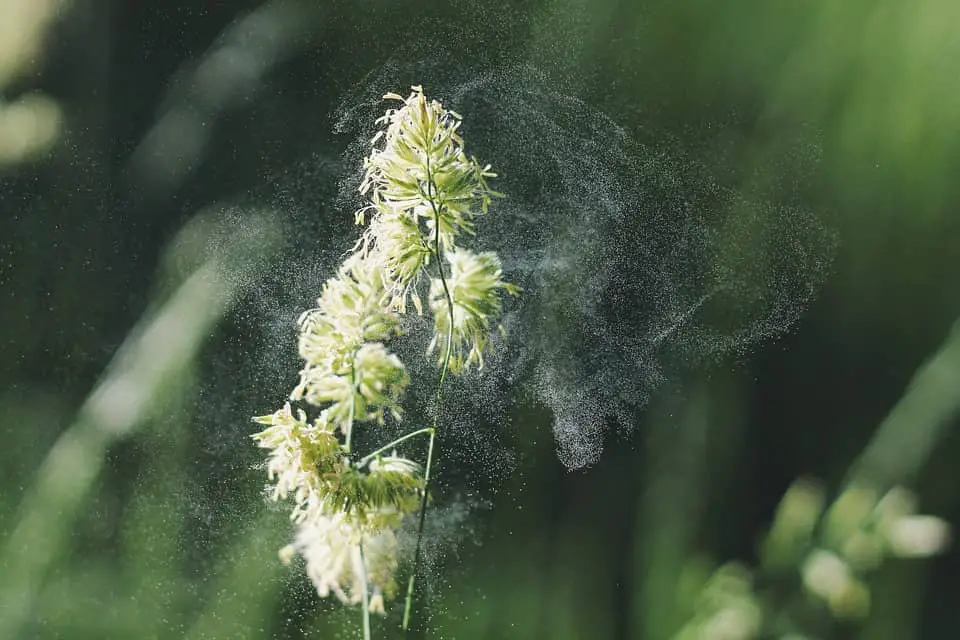Pollination is an important topic in terms of plants, today I will help you understand the concept of pollination and we will also look at India’s first pollinator park.
Pollination meaning
We can say pollination is a sexual reproduction in flowering plants. It is done between the same species. It is a process of transferring pollen grains from the anther to the stigma of the same flower or of a different flower but the flower should be of the same species.
Pollination in different plants is possible
Yes, we can do pollination in two different plants but plants should be of the same species. It means if you are doing pollination in the mango tree then the other tree should be the mango tree as well you cant perform pollination between mango and banana trees or between bananas and guava trees.
Role of Anther and Stigma
Anther – Anther is the male part of a flower that produces pollen grains and it is carried by insects bees or by human hand to the stigma of the same or other (female) part for pollination process.
Stigma – Stigma is the female part of the flower in which pollen grains produced by anther are submitted for the process of pollination that is done for the fruit set.
Read this – Organic farming
In simple words, we can say it is a natural process between flowers done for a fruit set. Two male parts (anther) can’t produce fruit they need female parts (stigma) of flowers therefore pollination is very important for production.
Image credit – Pixabay – Plant pollen

Note – A single flower can produce fruits on its own because the same flower has an anther and stigma in both parts this is called self-pollination.
Types of Pollination
Pollination is of two types 1. Self Pollination 2. Cross-Pollination.
1. Self Pollination
Autogamy (same flower).
Geitonogamy (different flowers of the same plant).
Autogamy – It is a process of pollination in the same flower of a plant. The flower is fertilizing on its own.
Geitonogamy – In this process, pollination takes place between different flowers of the same plant.
2. Cross-Pollination
Abiotic agencies
Biotic agencies
The cross-pollination process takes place between two different plants and they are done with two methods.
Abiotic agencies – In this process pollination is done by non-living things like air and water.
Biotic agencies – This process is done with the help of living creatures like insects, bats, snails, hummingbirds, birds, bees, flies etc.
Pollinator park Haldwani Uttarakhand
India’s first pollinator park has been established in Uttarakhand. This pollinator park is located in the Haldwani location that falls in the Kumauni region which is near Nainital.
The reason for creating the pollinator park is to increase the production of fruits by increasing pollination.
Pollinator park meaning
Pollinator park or garden is necessary to maintain the ecosystem. It is a place where various types of species of birds, bees, insects, butterflies etc are kept in good care these species are surrounded by various flowers, plants and trees including a small water tank.
The main role of the pollinator park is to protect these pollinators and provide them with better opportunities to survive so that they can transfer pollens from the male part of the flower to the female part of the flower resulting in the fruit set.
Pollinator park Haldwani
The pollinator park Haldwani consists of around 50 different pollinator species some of which are:
- Butterflies.
- Honey bees.
- Birds.
- Various insects.
Butterflies and honey bees are good and efficient pollinators hence this park contains special verities of these species.
Read this – Vertical farming
Pollinator park Haldwani inauguration
Haldwani Pollinator Park was inaugurated by a scientist called Peter Smetacek. He is a lepidopterist, which means butterfly researcher. Peter is the founder of Butterfly Research Centre.
Features of pollinator park
- Nice display board explaining about pollination process to educate the people
- Display boards about butterflies, honeybees, birds, moths, insects, wasps, beetles, and small mammals.
- Planned arrangement of ultraviolet lights to attract night pollinators like moths.
- Small water tanks for butterflies.
- Special arrangement for an Indian bee called Apis cerana indica.
- This bee species is non-aggressive and doesn’t like groupism hence used in the honey bee business.
- Cut fruits to attract butterflies.
- Host plants for butterfly eggs. Hotspants include curry leaves, citrus species, cassia species, and lantana.
- Use of all types of chemicals is prohibited not only inside the park but also near the park.
Aim of the Park
- Create awareness among the people about the importance of pollinators, to promote research on various new ideas of pollination.
- To protect the pollinator species.
FAQ
When pollinator park in Haldwani was established?
Pollinator park haldwani was inaugurated on 29 Dec 2020.
Who inaugurated India’s first pollinator park?
scientist Peter Smetacek.
What is the area of Haldwan pollinator park?
The park is spread over more than 4 acres of land.
What is the address of the pollinator park in Haldwani?
It is situated in Van Anusandhan Kendra, Rampur bypass road, Haldwani, Uttarakhand. Forest Ground, forestry Training, Rampur bypass road, Rampur, Haldwani, Uttarakhand pin code – 263139.
What are the 2 types of pollination?
1. Self-Pollination 2. Cross-Pollination.
Read more